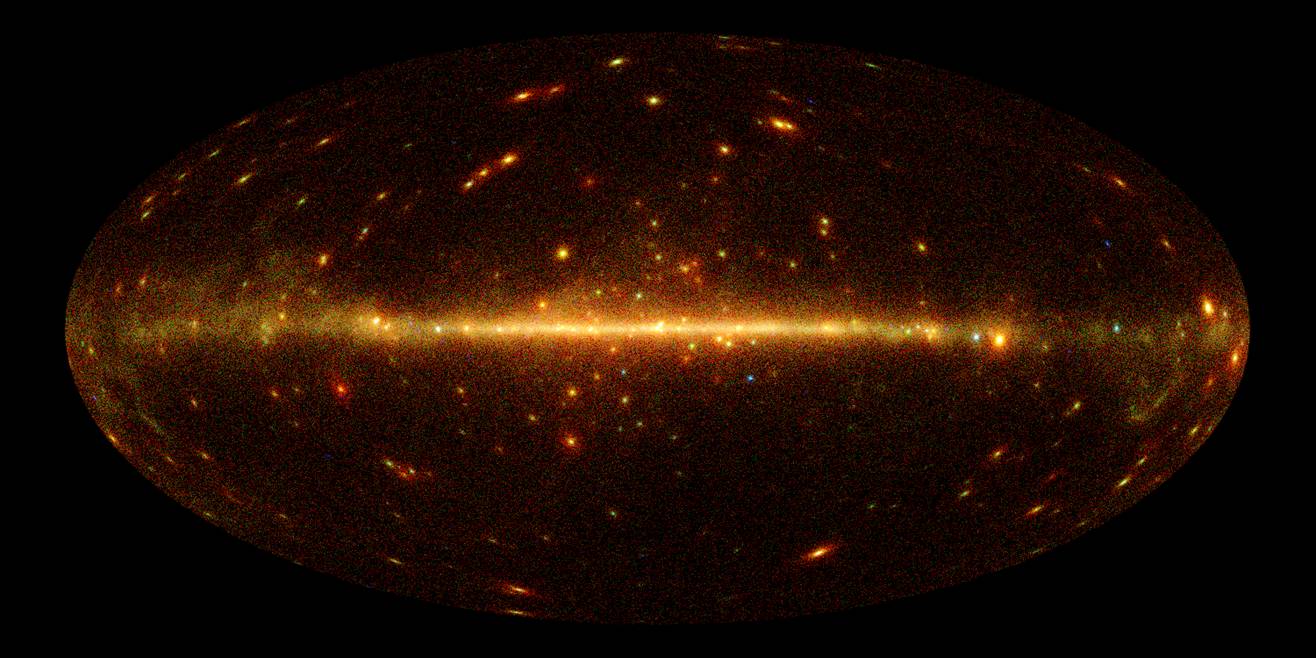Overview of the Cicerone
This cicerone is written to make you an informed user of the Fermi Gamma-ray Space Telescope (FGST) Fermitools, the tools that will enable you to derive astrophysical information from the lists of photons detected by Fermi's two instruments, the Large Area Telescope (LAT) and the Fermi Gamma-ray Burst Monitor (GBM). The data you will analyze are in some aspects simpler and in other aspects more complicated than the data provided by X-ray missions such as RXTE or Chandra. The Fermi detectors operate in few different modes and thus do not produce a multitude of data products that have to be handled differently. On the other hand, proper analysis of the LAT data for most sources requires a new model-fitting tool based on a maximum-likelihood method that may be unfamiliar and whose misuse might lead to spurious results. Therefore, this document spends relatively less space on data and more space on analysis software than similar manuals (often called 'ABC Guides') for other missions. This manual includes a description of the instruments and the mission operations as a foundation for understanding the analysis tools.

Simulated gamma-ray sky as observed by the LAT
after 55 days (graphic by Seth Digel)
The Fermi data will be analyzed by members of both the general scientific community and the instrument teams, and by both high energy astrophysicists and particle physicists. The text is written for the general scientific community. Because this is a broad audience, this document may seem elementary in places for some, and use unfamiliar terminology for others. We hope that our explanations of concepts are sufficiently clear for the neophyte, yet detailed enough to be useful for the advanced user.
We must arbitrarily choose among divergent practices to establish some fundamental terms. In our usage a 'photon' is the electromagnetic quantum that is incident on a detector, regardless of the properties of that detector. Therefore, a photon spectrum is the flux of photons that arrives at the detector, and is unaffected by the detector's response. An 'event' is the result of the response of the detector to a photon or charged particle, or noise that mimics a particle. A 'count' is an event that is considered to have resulted from an incident photon, and therefore depends on the response of the detector and vagaries of the detection process. We distinguish between a 'count' and a 'photon' because not all photons incident on the detector will result in counts (some photons will be undetected or will be rejected as background), and not all counts result from photons (some counts are produced by non-astrophysical background). In addition, a photon is characterized by true values of properties such as energy and direction, while counts will be characterized by detector-modified observables.
We invite users to comment upon this document through the Fermi Science Support Center Helpdesk at http://fermi.gsfc.nasa.gov/ssc/help/.
» Forward to the Overview of the Mission
» Back to the beginning of the Introduction
» Back to the beginning of the Cicerone



